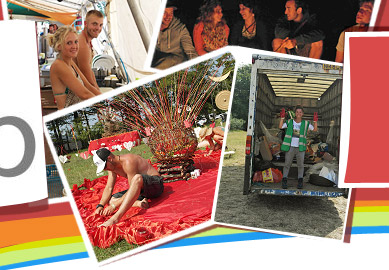Volunteer Abroad > Workcamps (2 to 4 weeks) > How did it start?

The voluntary workcamp method was invented in 1920 after the First World War. It was created to bring together volunteers from the former enemy countries to carry out reconstruction work and as a means of allowing them to consider their recent past. For this reason the ‘workcamp movement’ has always been closely allied to and part of the broader ‘peace movement’.
In the early years the focus was mainly on reconstruction and disaster relief, with with some social and environmental initiatives. Volunteers usually stayed for months rather than weeks. By the time there was new need for reconstruction after 1945, the modern workcamp formula was generally accepted and the workcamp movement grew so much that it achieved UN recognition with the creation of the Co-ordinating Committee for International Voluntary Service (CCIVS) in 1948.
The international voluntary service movement has grown to a global scale and has over the years adapted to new aims for sustainable development, national independence, human rights and ecological protection. It is now active in over 90 countries and has been copied by many other types of organisation.






 yap-uk
yap-uk +44 0208 123 5927
+44 0208 123 5927














